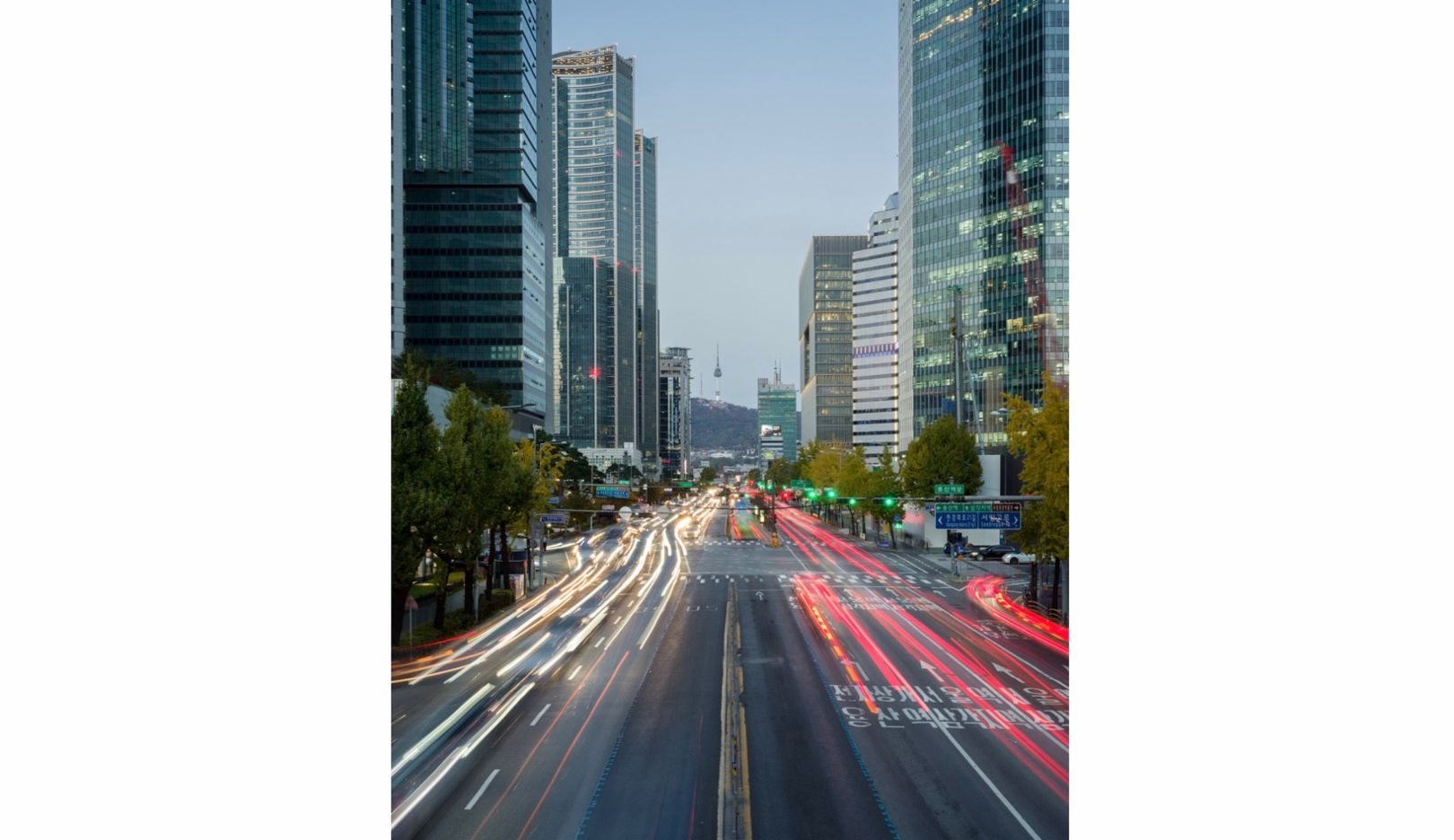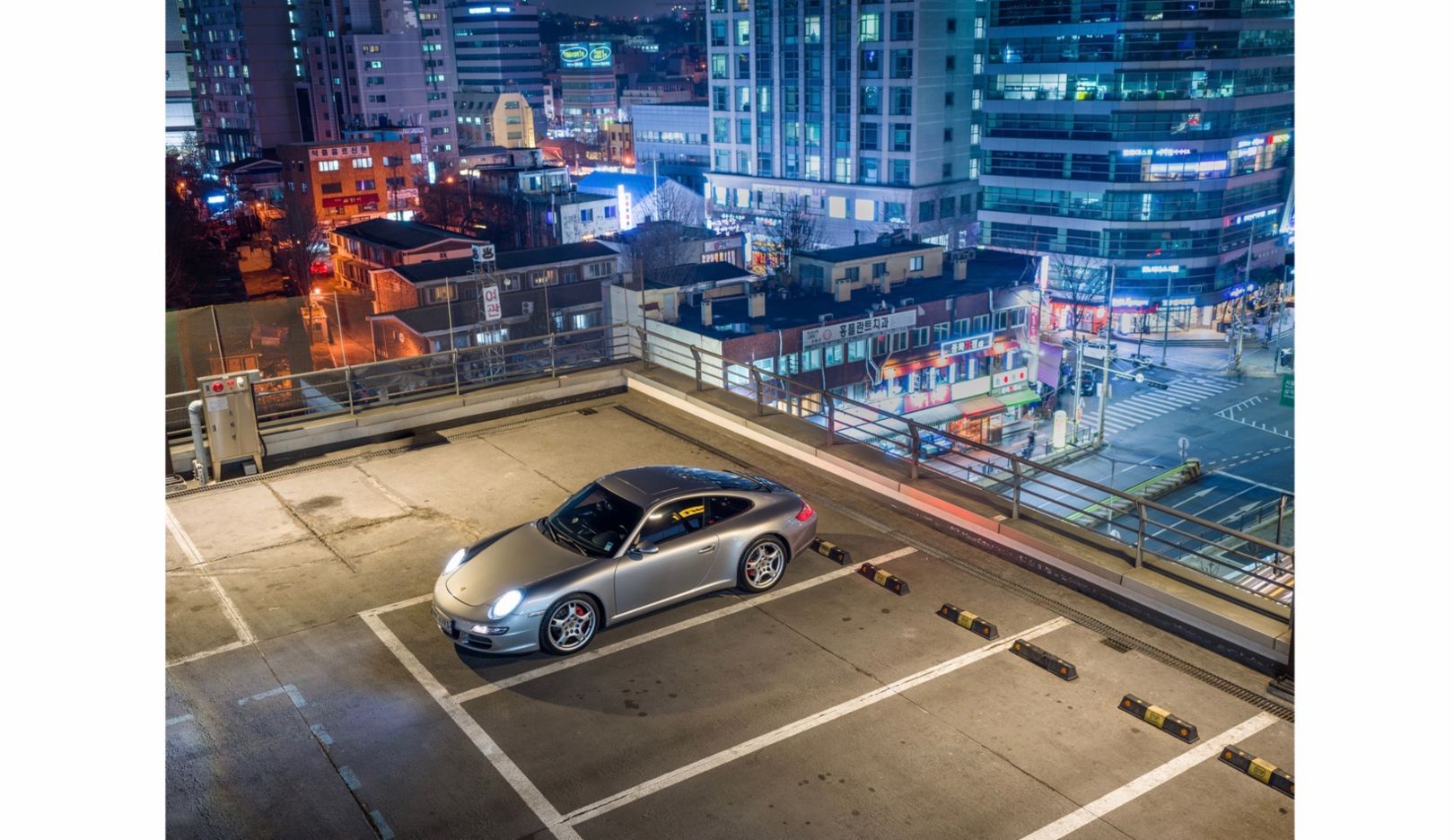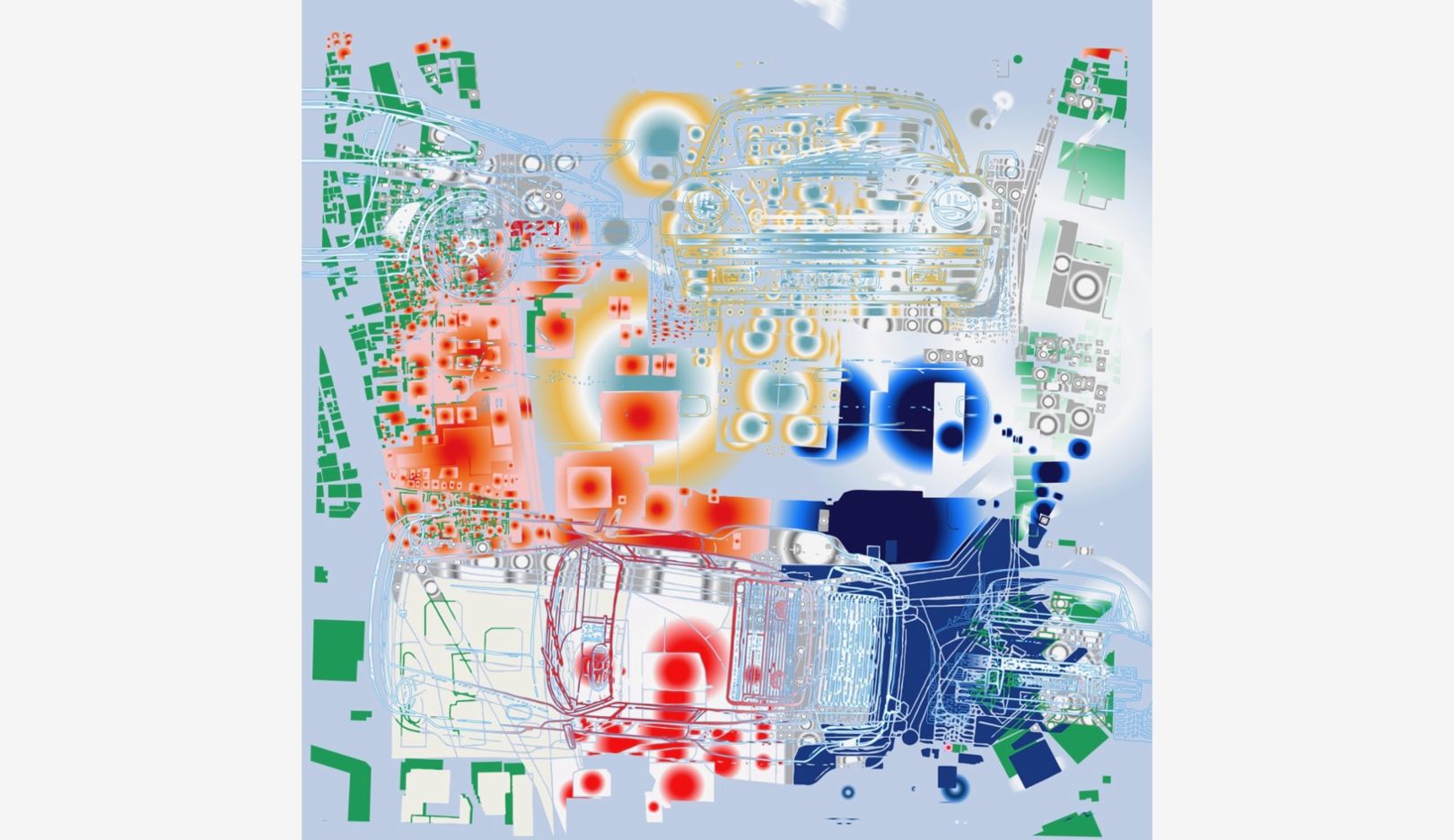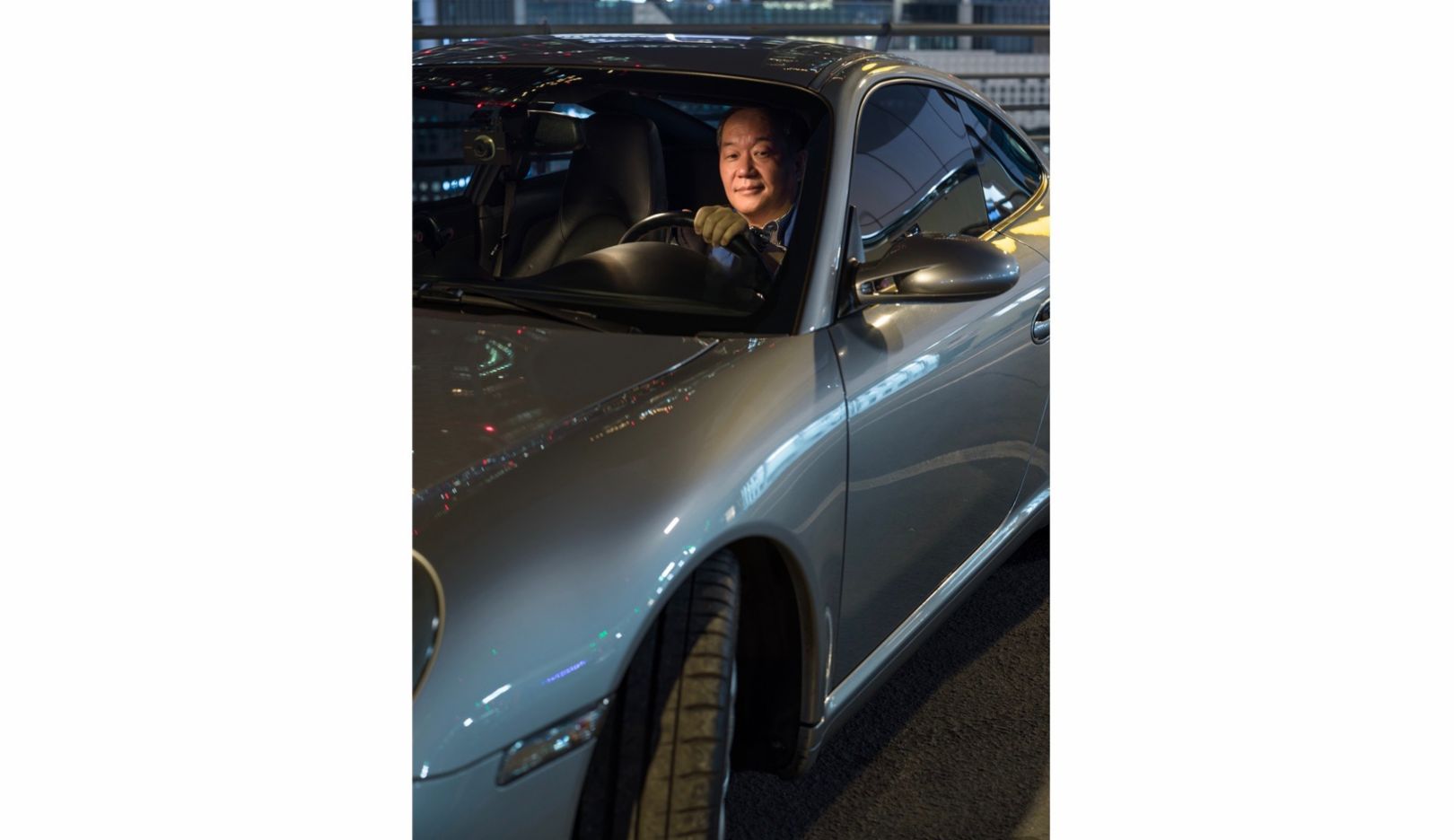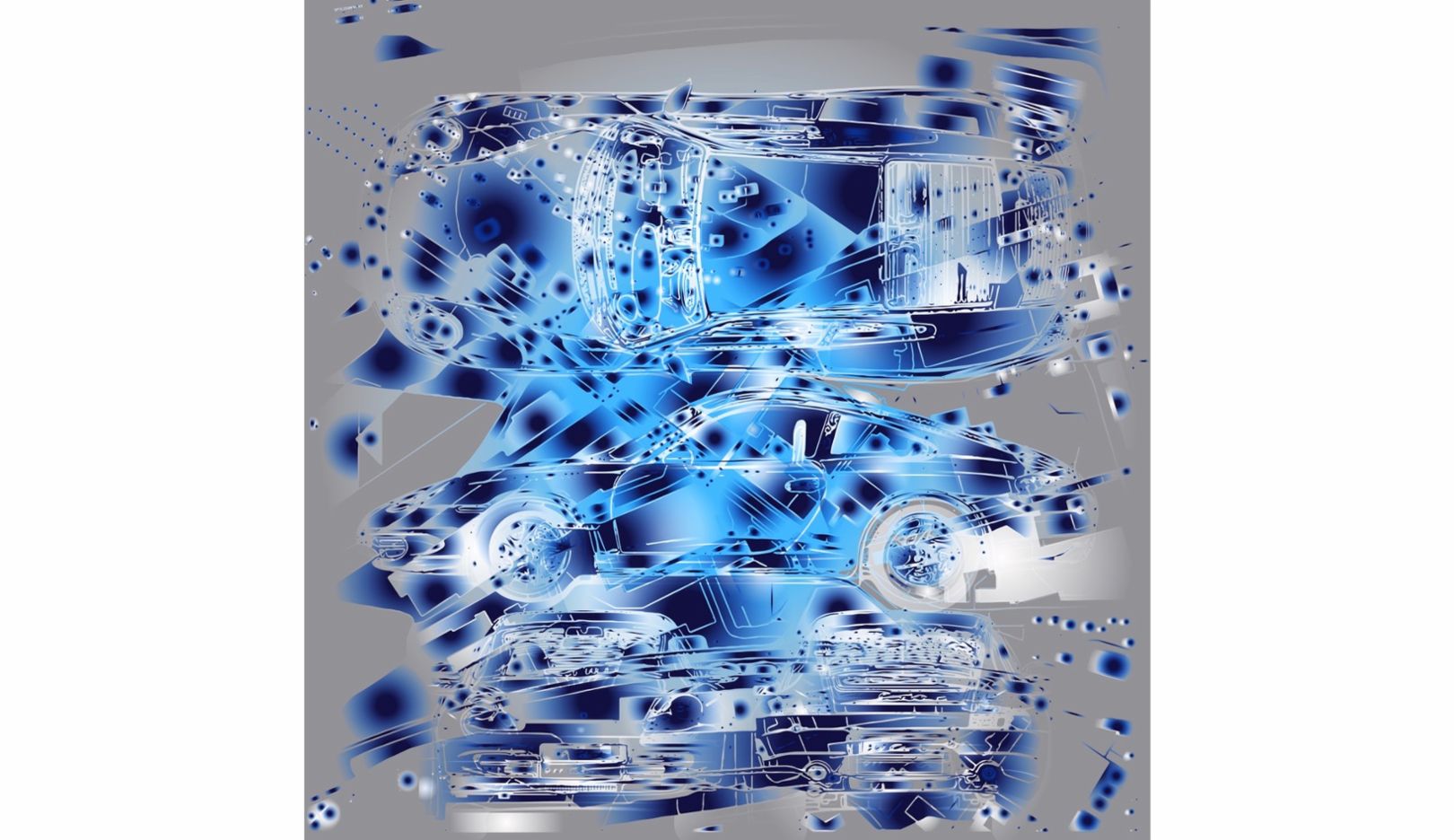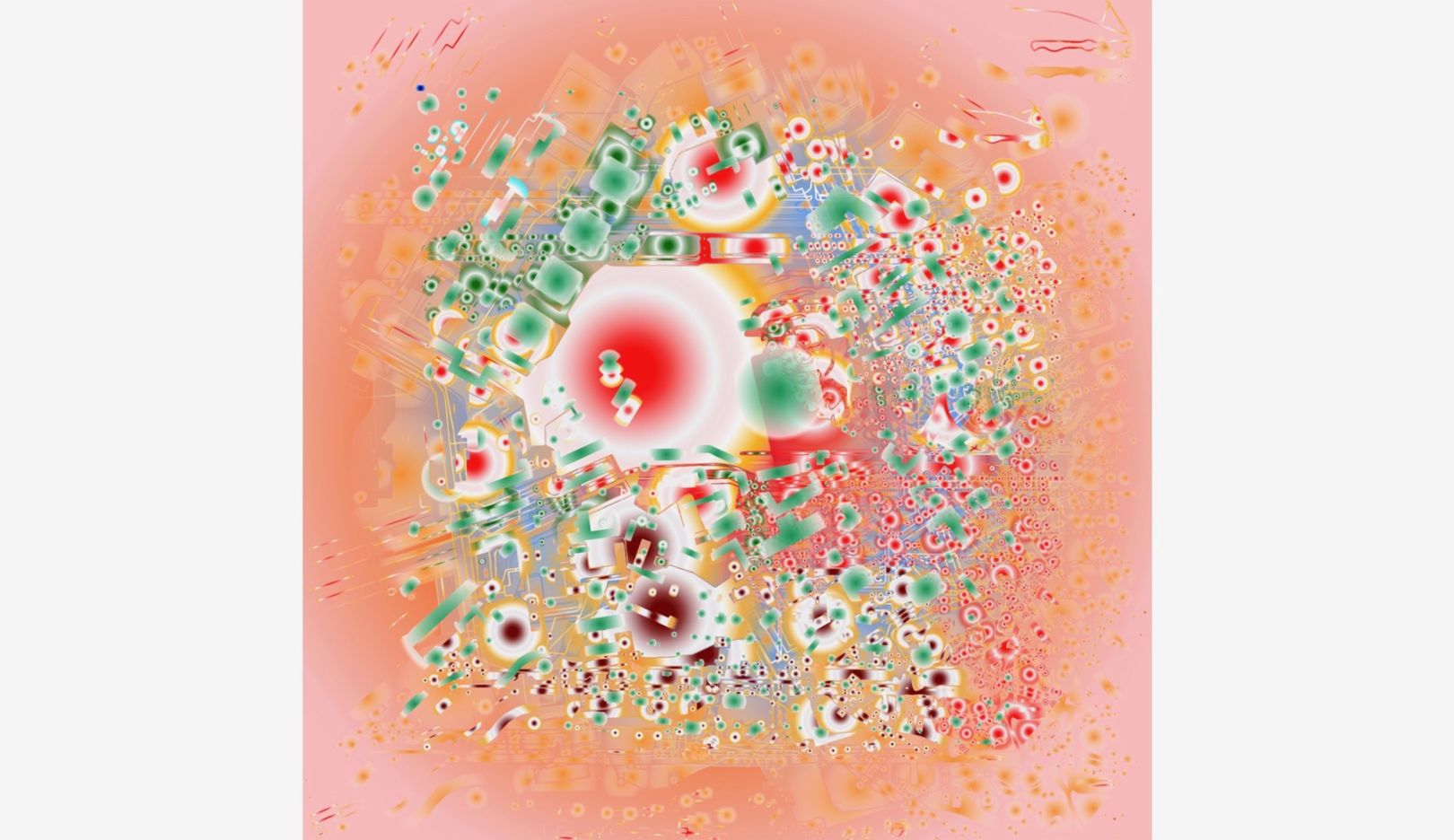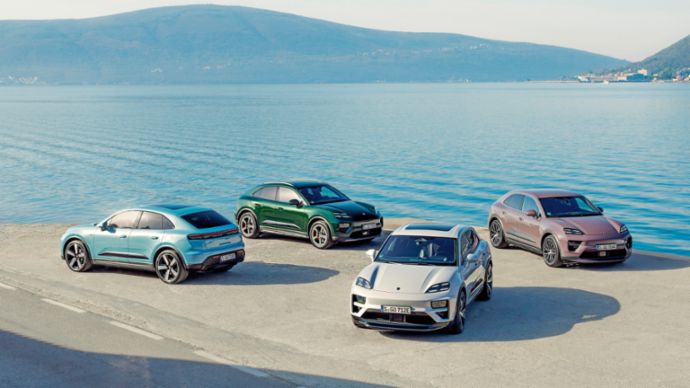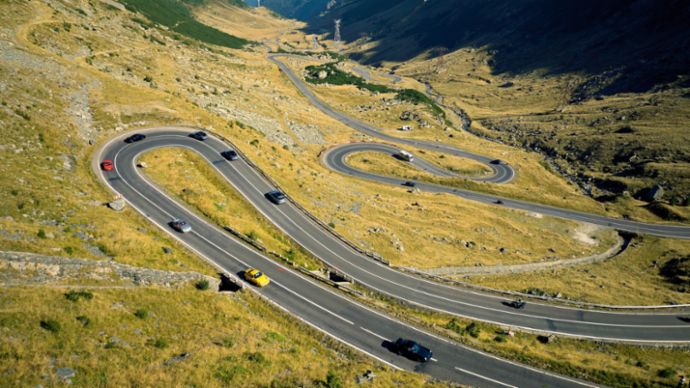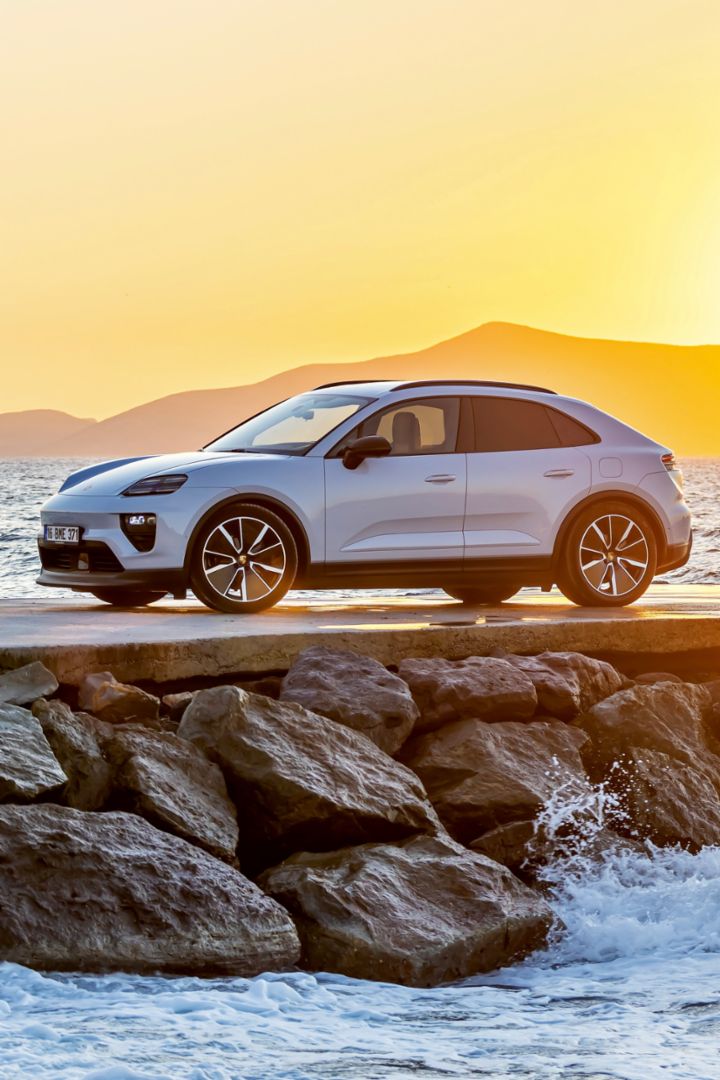The Art in His Head
He is both a neurosurgeon and an artist, but the Korean Ha Yoon above all combines the two. The result of his creativity is mind maps – in the true meaning of the word. Images from the depths of our conscious minds.
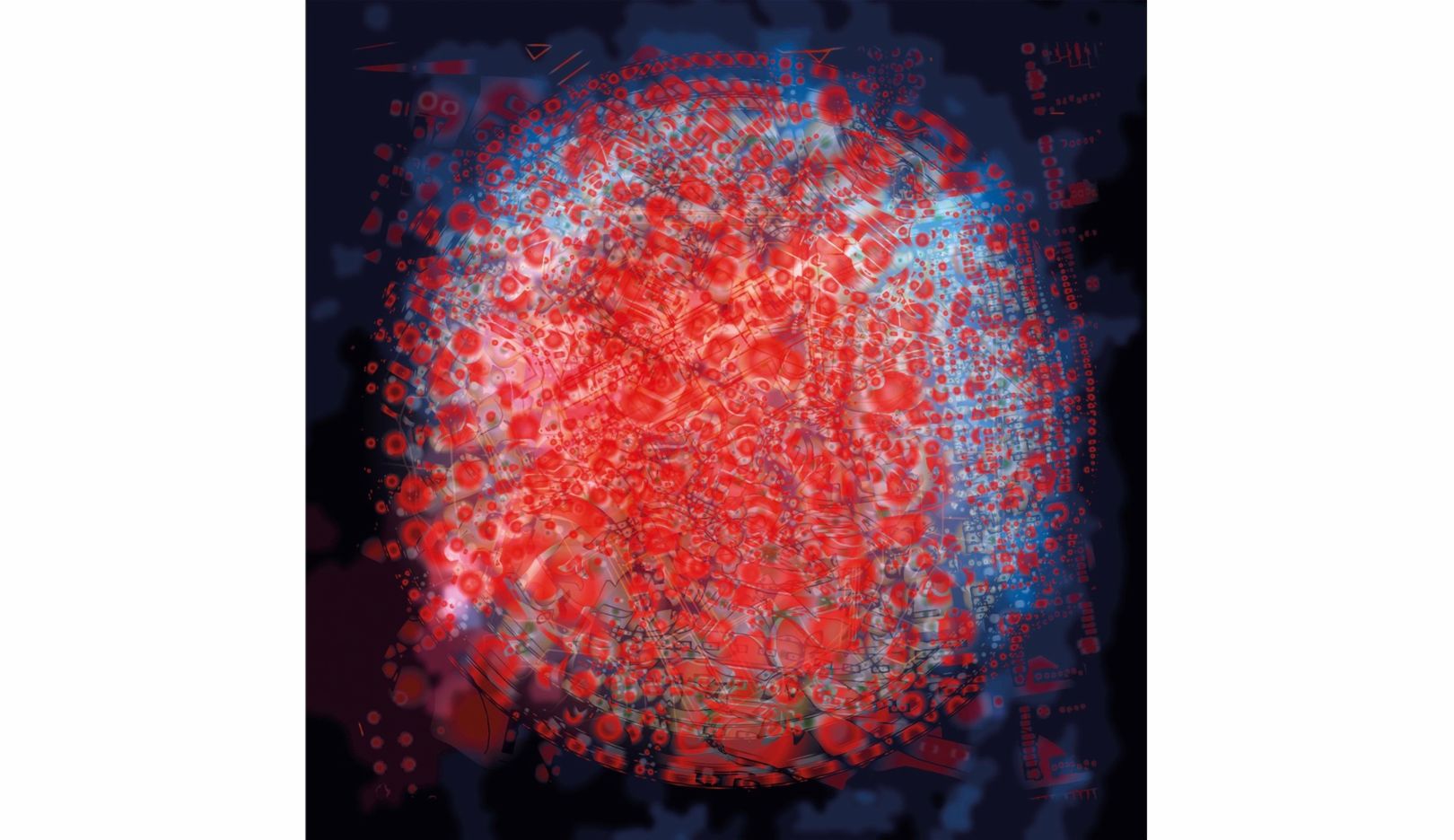
37° 25’ 11.3” N 122° 12’ 09.7” W
In the picture Wave Particle Duality in Quantum Physics, Ha has interwoven the surroundings of the Stanford Linear Accelerator Center, a research laboratory at Stanford University in California, USA.
If all the nerve pathways in the human brain were lined up, they would stretch over an incredible distance – 3.6 million miles, or almost 150 times around the world. With up to 100 billion neuron connections, the brain is a highly complex construction, a veritable work of art – especially for someone like Ha Yoon. The South Korean is a neurosurgeon. The human central nervous system is his area of expertise and serves the physician as a source of inspiration, too. Because the 54-year-old’s mind is at its most relaxed when he is creating art. Mind art.
In the year 2020, Ha Yoon discovered an innovative way to express this inspiration in an artistic way: he drew human brains on his tablet. A new technology was being developed at the same time – non-fungible tokens, or NFTs for short. These are certified digital works of art which are guaranteed unique. And this is how an unusual career as an artist began in the digital sphere and made Porsche driver Ha Yoon popular in South Korea.

Atmosphere:
When dusk falls, a vibrant play of colors begins in Seoul – and in Ha Yoon’s atelier, too.We meet Ha while he is working from home in Seoul, a city with a population of 10,000,000 and the capital of South Korea. With the halogen light on the low ceiling, the room has all the charm of a hospital office rather than an atelier. But all it takes is a glance at the white walls to see that Ha Yoon’s fascination with the brain doesn’t end at the end of a long day at work as the sterile ambience is enriched by colorful exhibits of his art. Digital works which have been printed out for the beholder. They are complemented by a few watercolors from a period when the neurosurgeon was still working with this medium. “You can see my enthusiasm for the human brain here, too,” he says, pointing at the curved lines in the backgrounds of his earlier works. “They are mountains, but they are also brainwaves.”

Special inspiration:
Neurosurgeon and artist Ha Yoon in a vibrant street in Seoul.Ha usually speaks quietly, choosing his words carefully. But here, talking about his works, the neurosurgeon is transformed into an artist. His eyes sparkle; his speech is accelerated, and he effuses passion and joy. “Each color represents a separate moment of memory,” Ha says, explaining his colorful artworks. “But all of the colors together stand for memory as a whole.” This is the shape that the inspiration takes which Ha draws from his profession and expresses through his art – the intricate composition represents the neural networks, while the play of colors stands for human memory, experience. Ha points to a painting on display centrally in the office. A pink kaleidoscope on a blazing red background. Countless branches, spirals, and shapes dominate the picture, which is surrounded by a sea of red. “The brain during cherry blossom season,” says Ha, laughing. “When the cherry trees blossom in South Korea, a color spectacle begins that fully embraces our thoughts, our feelings, our perception. Our mind is then a reflection of the facets of this flowering. That’s what I was seeking to express.”
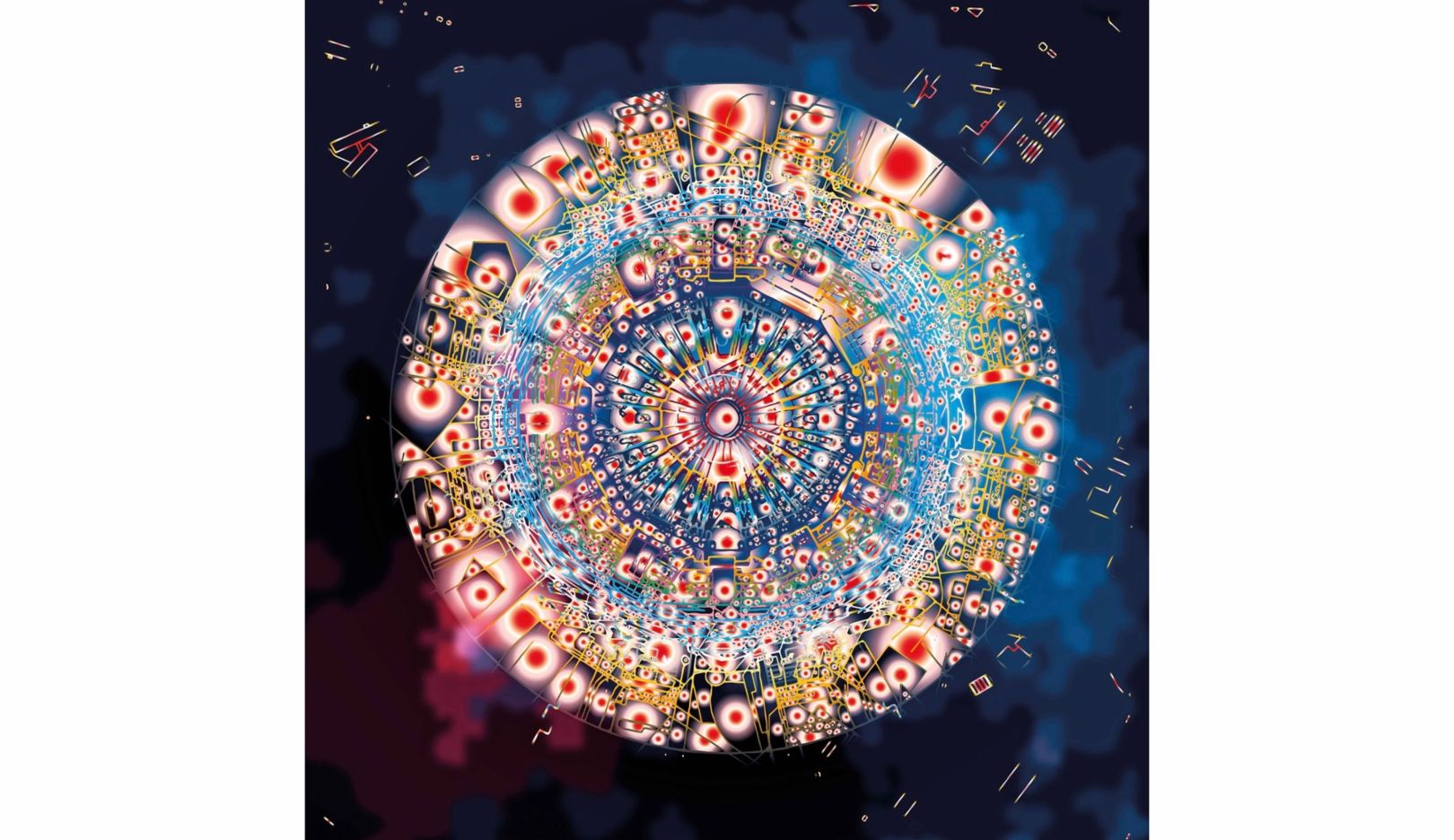
46° 13’ 59.0” N 6° 03’ 20.5” E
The coordinates in Nucleus and Universe refer to the Swiss nuclear research institute CERN, which is famous for having the world’s highest-energy particle collider.
The work of art is part of the series Map on the Brain. In an associative arrangement, the artist also weaves the cartographic depiction of real places into his pictures. For Ha, maps consist of symbols like bridges and rivers. “Everyone understands these symbols no matter what their cultural background,” he says. The coordinates that are given place the work in the real world. “At the same time, the place goes from being a physical building to abstract art,” says Ha.
Ha encountered the topic of composition at an early age. “My mom was an art teacher,” he says. “She showed me how much joy could come of art.” His father was Director of the National Museum of Modern and Contemporary Art in Seoul and is considered one of the pioneers of the Korean avant-garde. “The way he worked with colors continues to inspire me to this day,” says Ha as he looks over at a colorful spectacle on his office wall as if to prove it.
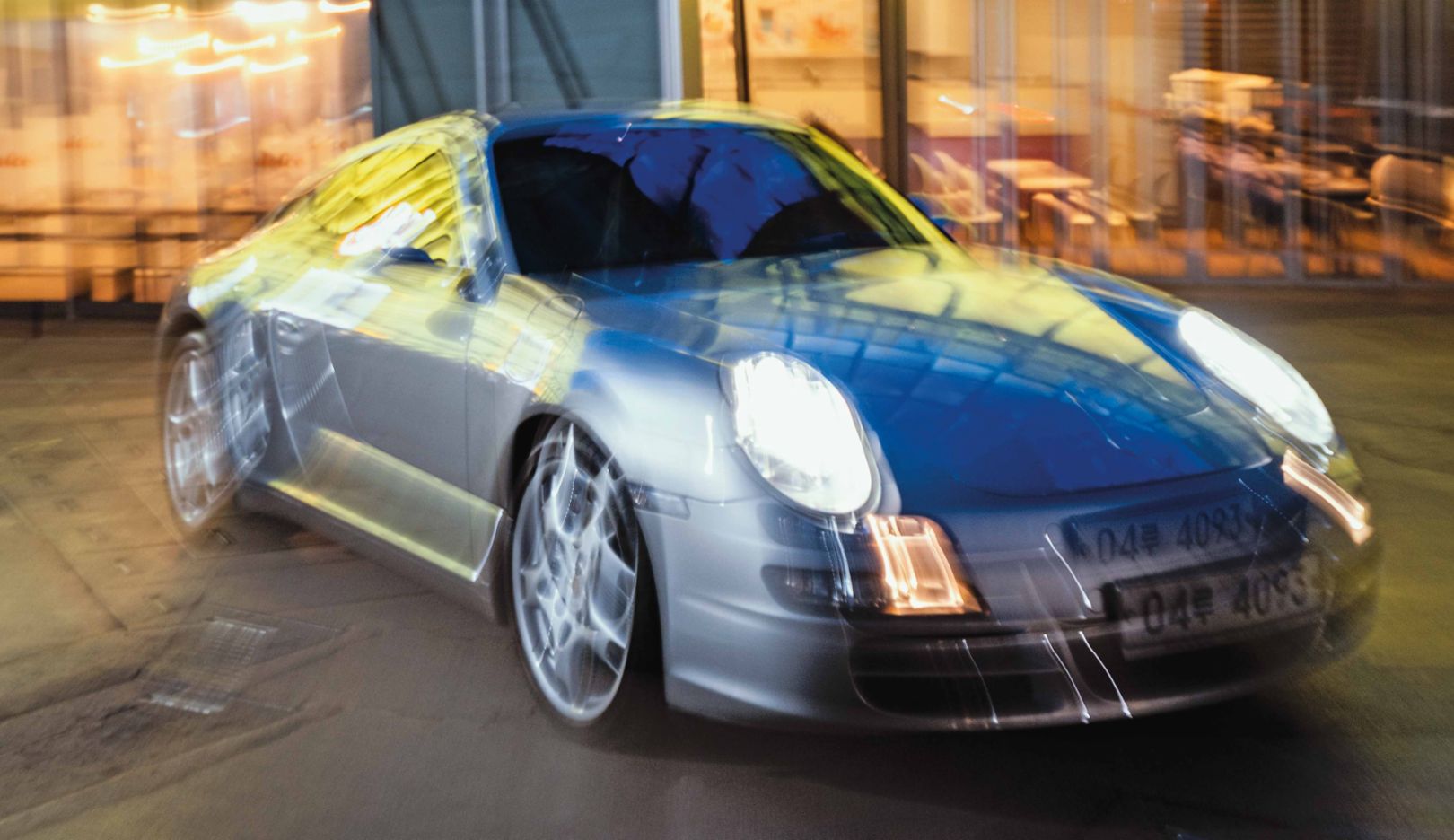
Distorted reality:
The neurosurgeon and artist inspires us when we meet in Sevit island, Seoul. The photography of his 911 Carrera S is based on the visual style of his works.But it took five decades for the neurosurgeon to follow in his parents’ footsteps. “Before I began to paint, I was a workaholic,” he reminisces. “I specialized in complex operations like spinal deformity and the removal of tumors. I also flew all over the world to attend conferences.” Ha has now found his anchor and is more placid, albeit not completely – he is currently a professor at Yonsei University in Seoul, is editor in chief of the periodical Neurospine, and is a member of numerous academic boards.
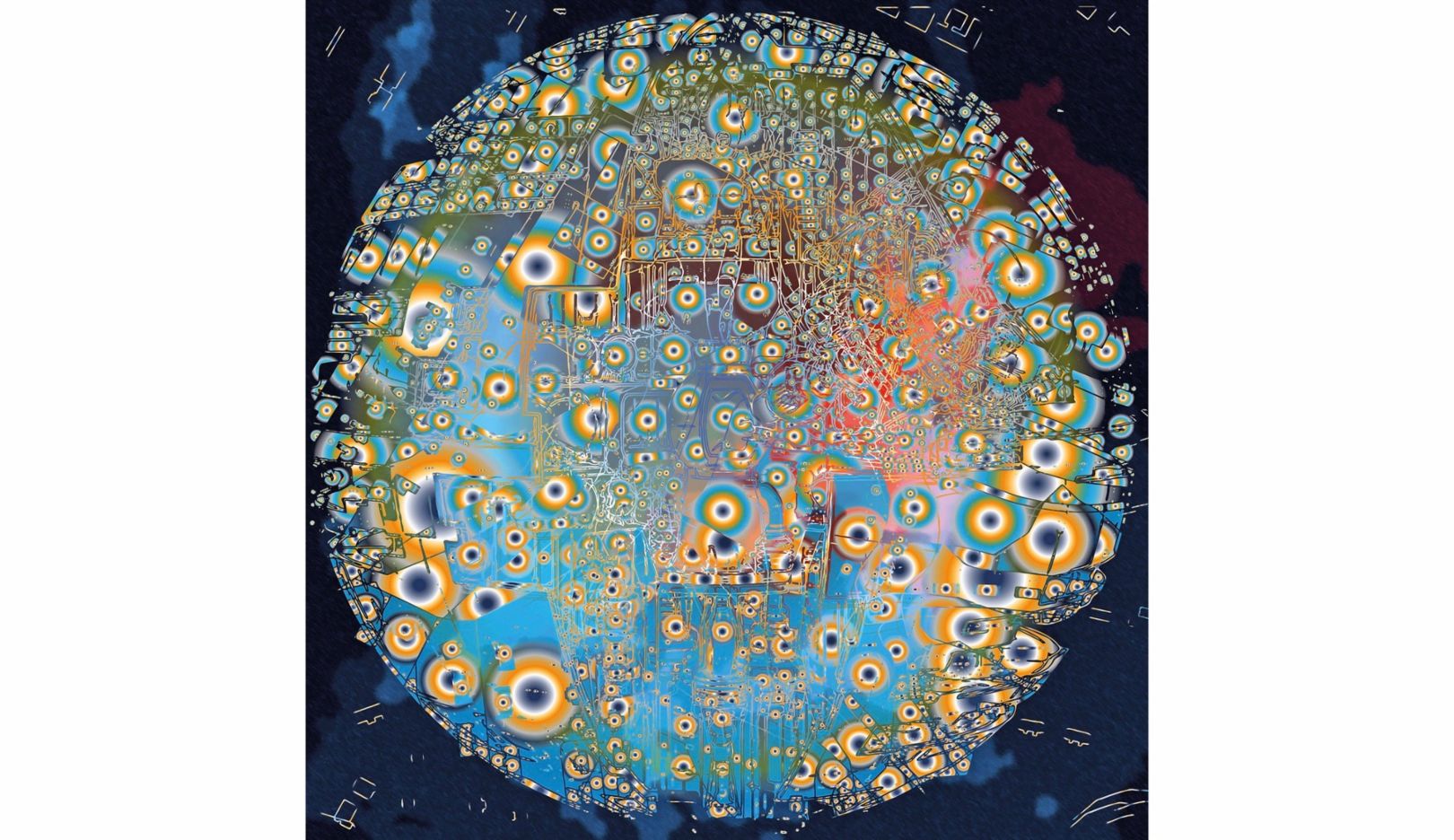
37° 47’ 57.1” N 122° 27’ 02.0” W
The picture Lunar New Year in Lucas Film references Ha’s passion for the Star Wars movie series. If you follow the coordinates, you will arrive at the Yoda Fountain in San Francisco.
Fuel for a man with many talents, for someone whose life is characterized by dynamism. And dynamism is something Ha Yoon loves when it comes to cars, too, with his silver Porsche 911 Carrera S of the 997 generation – another source of inspiration for him. “Endurance and speed, power and tradition are what symbolize the 911. Values that also feature in my art.” And which he enjoys for real every day when he drives to the campus in his Porsche. Founded in 1885, Yonsei University is situated to the north of the Han River. More than 35,000 students begin their careers here in one of the world’s biggest economic hubs. It is a place of contrasts. Modern skyscrapers soar to great heights and the 237-meter-tall TV tower on Namsan Mountain shines out, connecting the city with the rest of the world. Down below in the city center stands Seoul’s impressive cultural heritage – Gyeongbokgung Palace built in 1395, the approximately 600-year-old Namdaemun Market, and the famous Bukchon Hanok Village with its 900 traditional homes. This is where something new is able to arise from the carefully orchestrated symbiosis of tradition and innovation, namely imposing character.
As dusk falls, the first colorful city lights are reflected in the building facades. This is when it is time for Ha to get creative. He produces his art at night – billboards flash outside while the physician metamorphoses into an artist inside. When he finishes a new picture, there are two paths it takes – the conventional route of a print on canvas and a second pathway into the digital world.
Ha Yoon’s pictures then become NFTs, non-fungible tokens. The blockchain technology behind this makes it possible for a digital signature to be added, serving as confirmation of the uniqueness of the digital artwork. “I was immediately won over by the technology – it represents a paradigm shift for digital art.” Ha Yoon’s personal renaissance on the one hand and a cryptographic process that extends the art market into the digital sphere on the other – all in a way that looks as complex to the outsider as the human brain. In other words, just the thing for Ha Yoon.
More information
You can find more works of art on Ha Yoon’s Instagram channel.
Consumption data
911 Turbo
Macan Electric
-
19.4 – 16.8 kWh/100 km
-
0 g/km
-
A Class
Macan Turbo Electric
-
20.7 – 18.4 kWh/100 km
-
0 g/km
-
A Class
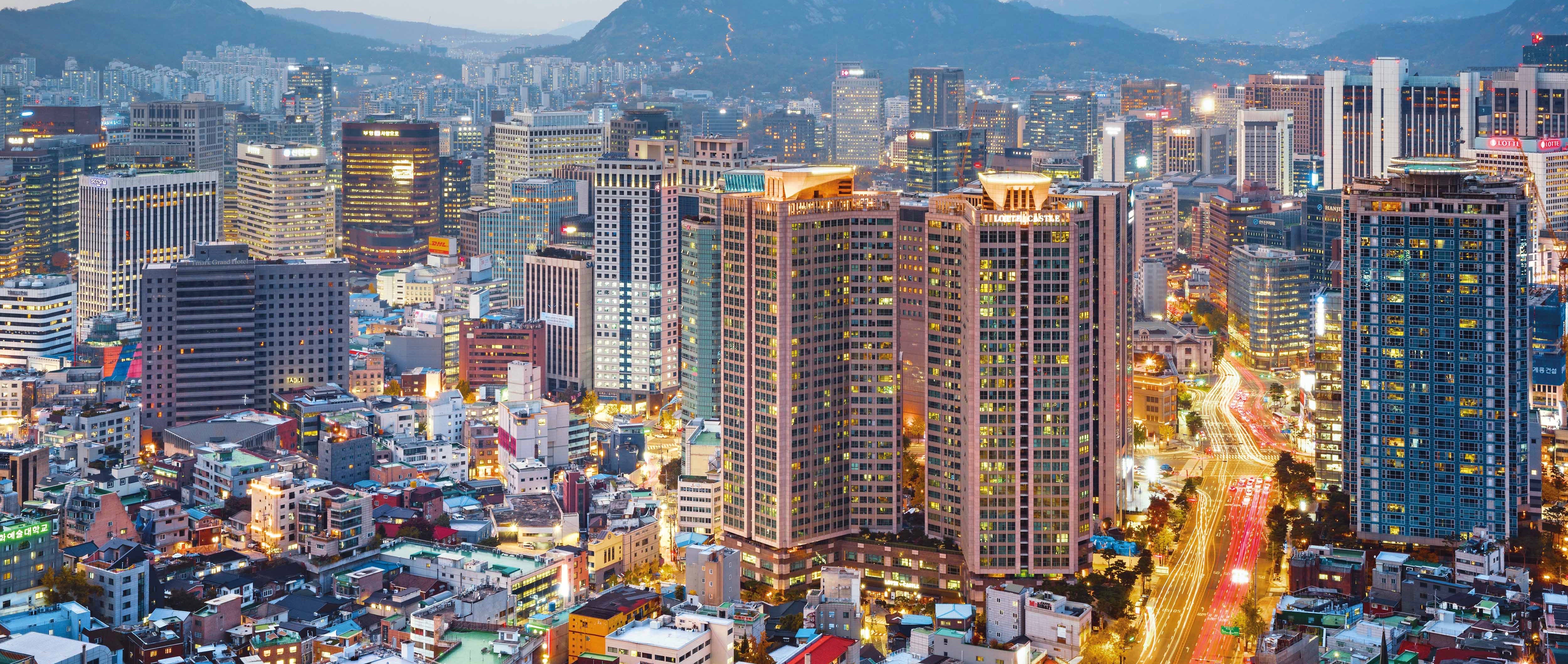
-porsche-Nurgburgring2.jpeg/jcr:content/01_cadmapper-kelberg-rheinland-pfalz-de%201%20(8)%20porsche%20Nurgburgring2.jpeg)
